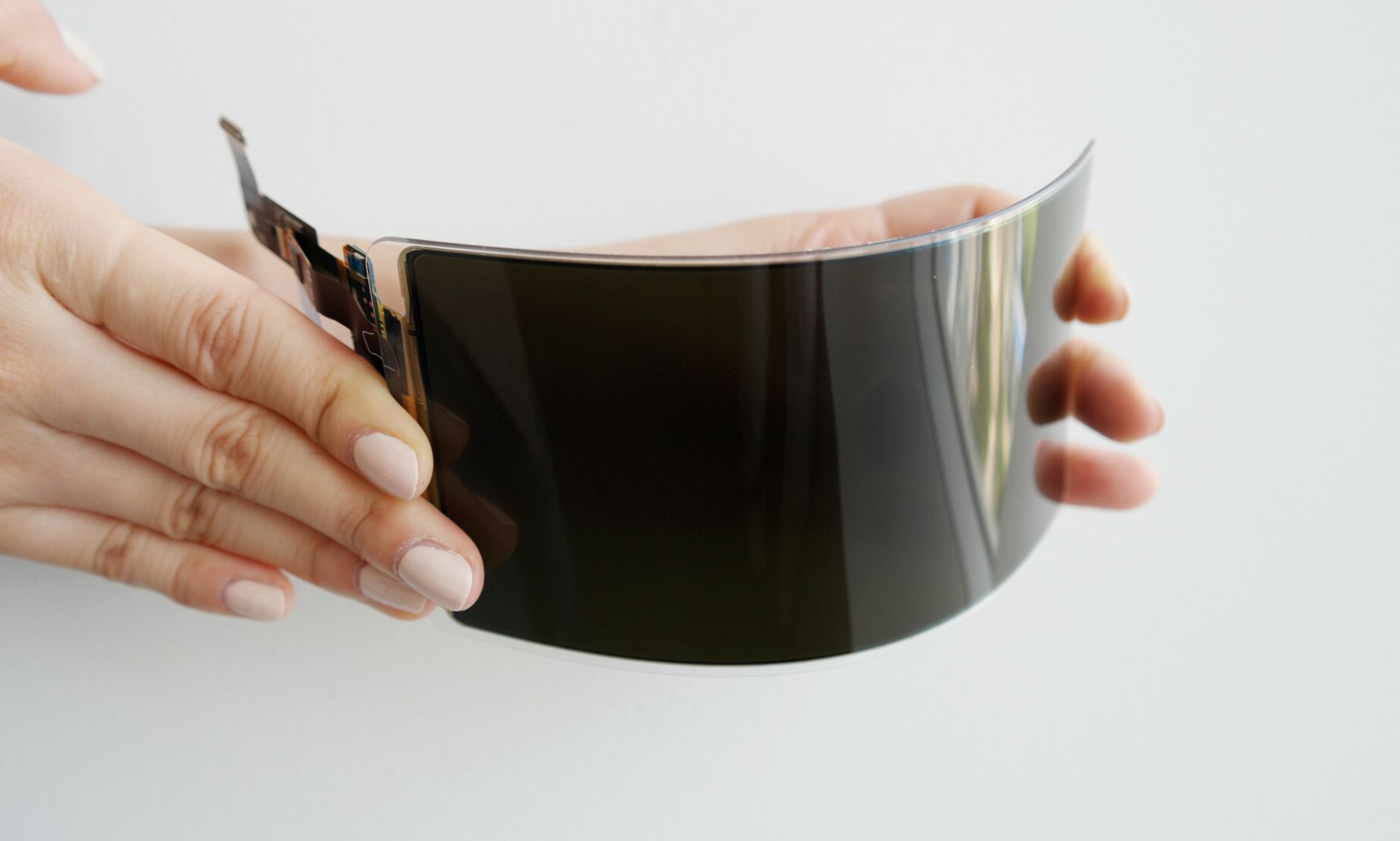Samsung makes 'unbreakable' smartphone display, tests with a hammer
If you're anything like us, you'll be all-too-familiar with the sickening sound of a smartphone hitting the ground, its precious glass screen smashing and liberating $200 or more from your wallet for a repair.
But this scenario could soon be a thing of the past, as Samsung has just had its "unbreakable smartphone panel" certified by Underwriters Laboratories, an official testing company for the Occupational Safety and Health Administration of the US Department of Labor.
Read More:
- How much does it cost to turn the average US house into a smart home?
- Surprise: iPhone X screens breaks easily and is expensive to replace
What that means, is Samsung not only has an apparently unbreakable smartphone screen in the works, but it is edging closer to mass production - and it could be used for other electrical devices, too.
Samsung predicts how the material, which has similar properties to glass but is not as fragile, could be used for car infotainment displays, portable game consoles, tablets, smartphones, and even mobile devices used by the military.
The company describes its new screen as a "flexible OLED panel with an unbreakable substrate and an overlay window securely adhered to it". That substrate overlay is what makes the difference here, as it is used instead of glass.
As well as being transparent, the material offers the same "transmissivity" as glass, meaning touch inputs are transferred to the display beneath just as they are on current smartphones.
Underwriters Laboratories put the display through a military-grade durability test, which includes being dropped from 1.2 meters (almost four feet) 26 times in succession, then treated to temperatures varying from -32 degrees centigrade to +71 - and the display did not break. Samsung says it "continued to function normally with no damage to its front, side or edges."
After this, the display was dropped from 1.8 meters (almost six feet), and this also failed to cause any visible damage.
Hojung Kim, general manager of the Communication Team at Samsung Display Company, said: "The fortified plastic window is especially suitable for portable electronic devices not only because of its unbreakable characteristics, but also because of its lightweight, transmissivity and hardness, which are all very similar glass."
Unfortunately, Samsung is yet to reveal when the material will feature on smartphones and other devices.
